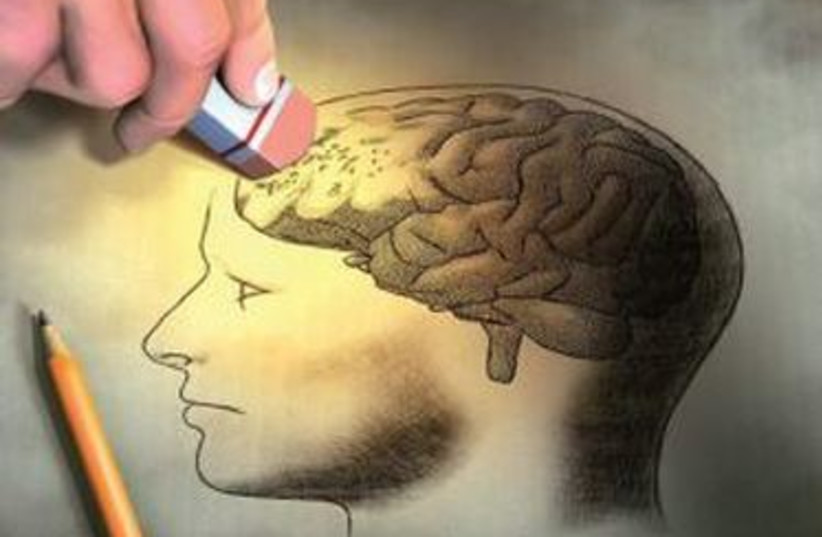Combining multiple drawing tasks can improve the accuracy of screening for cognitive impairments, a new study has revealed. Researchers at the University of Tsukuba in Japan found that looking at results from several drawing tasks yielded a classification accuracy 7.8% higher than the most accurate single-task model.
While previous studies only dealt with single tasks, the Japanese researchers realized that combining multiple tasks could improve the detection of cognitive impairments.
What can drawing do to your brain?
The peer-reviewed study, which was supported by the Japan Society for the Promotion of Science, found that combining five specific drawing tasks led to a classification accuracy of 75.2% when detecting normal cognition, mild cognitive impairment (MCI) and Alzheimer’s disease (AD).
With the advent of new therapies that can slow the progression of cognitive impairment, early detection can make a substantial difference in a patient’s life. However, close to three-quarters of people with dementia have not been diagnosed, due in large part to the lack of accessible accurate screening tests outside of medical facilities.
Researchers developed a new screening technique
Researchers noticed this alarming situation and found an out-of-the-box solution. “Although it's clear that motion — and pause — related drawing traits can be used to screen for cognitive impairments, most screening tests remain relatively inaccurate,” Professor Tetsuaki Arai, the study’s senior author, said in a press release.
“We wondered what might happen if we were to analyze these traits while people performed a range of different drawing tasks,” he said.
How was the study conducted?
Participants in the study completed tasks that are commonly featured in cognitive screenings. These tasks comprised of writing spontaneous sentences, copying figures of intersecting pentagons, drawing lines to connect numbers, drawing lines to connect numbers with sequenced letters and drawing an analog clock face showing a specific time.
Data was collected from older adults, 27 of whom had AD, 65 with MCI and 52 who were cognitively normal. Researchers analyzed 22 different drawing features relating to pen pressure and posture, drawing speed and pauses, then compared them to seven tests of cognitive functions.
The study has significant implications for cognitive screening
When combined, these tasks demonstrated gradual changes between cognitively normal people, those with MCI and those with AD, possibly reflecting that aspects of the features shown in the tasks are markers of AD progression. The study noted that multiple drawing tasks could be employed in automated early-stage AD screenings and produce accurate results.
Furthermore, the results indicated that the disparity between cognitively normal subjects and those with AD was larger than that between cognitively normal and MCI subjects. This is consistent with the common view that MCI is an early, less severe form of AD. “We were surprised by how well the combination of drawing traits extracted from multiple tasks worked by capturing different, complementary aspects of cognitive impairments,” Arai expressed. “The three-group classification accuracy of all five tests was 75.2%, which was almost 10% better than that of any of the tests by themselves.”
“We were surprised by how well the combination of drawing traits extracted from multiple tasks worked by capturing different, complementary aspects of cognitive impairments.”
Study author Professor Tetsuaki Arai
Screening mechanisms with improved accuracy like the one developed in this study are becoming increasingly important given the proliferation of treatments that target the early stages of cognitive impairment, the press release stated. “Better screening will lead to earlier diagnoses, which will, in turn, improve patients' quality of life.”
Overall, the study’s findings were promising, according to Arai. “Although this was a relatively small study, the results are encouraging. Our results pave the way for better screening tests for cognitive impairments.”

